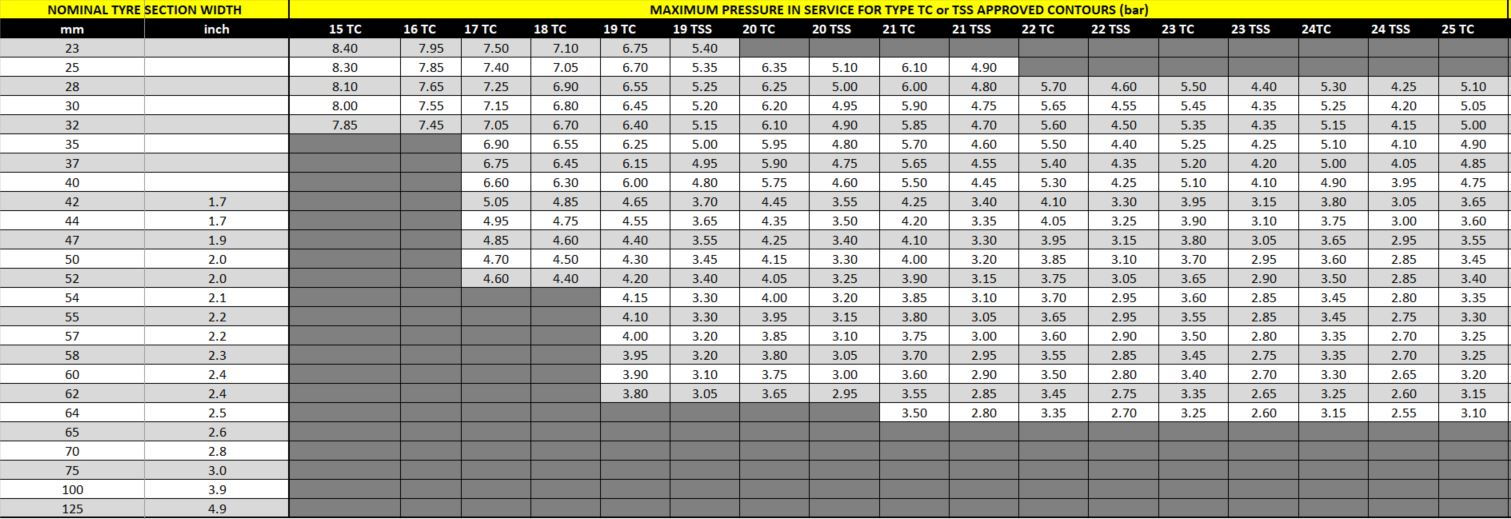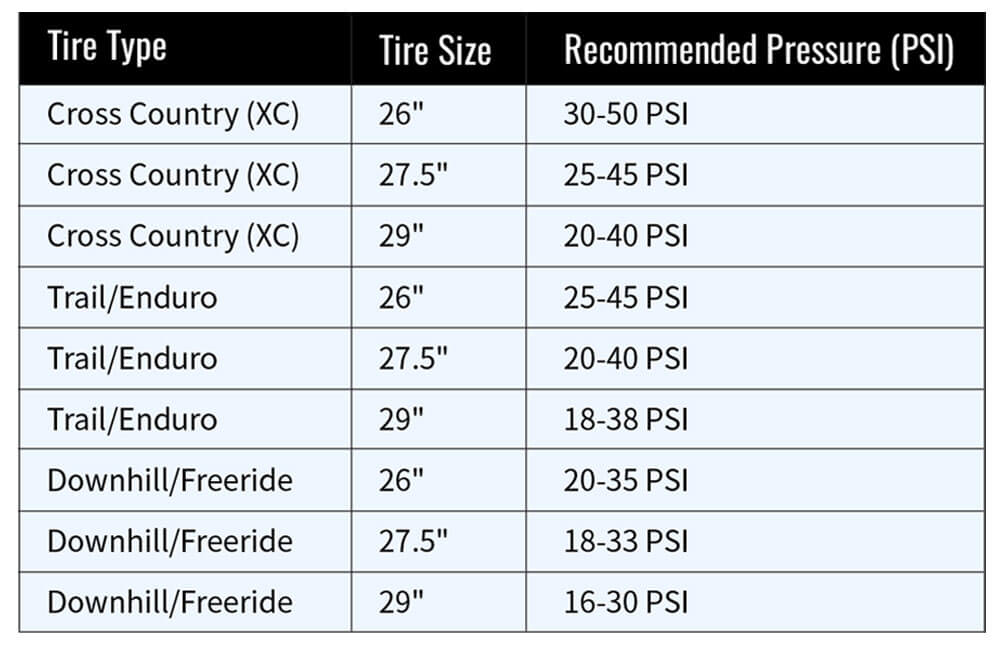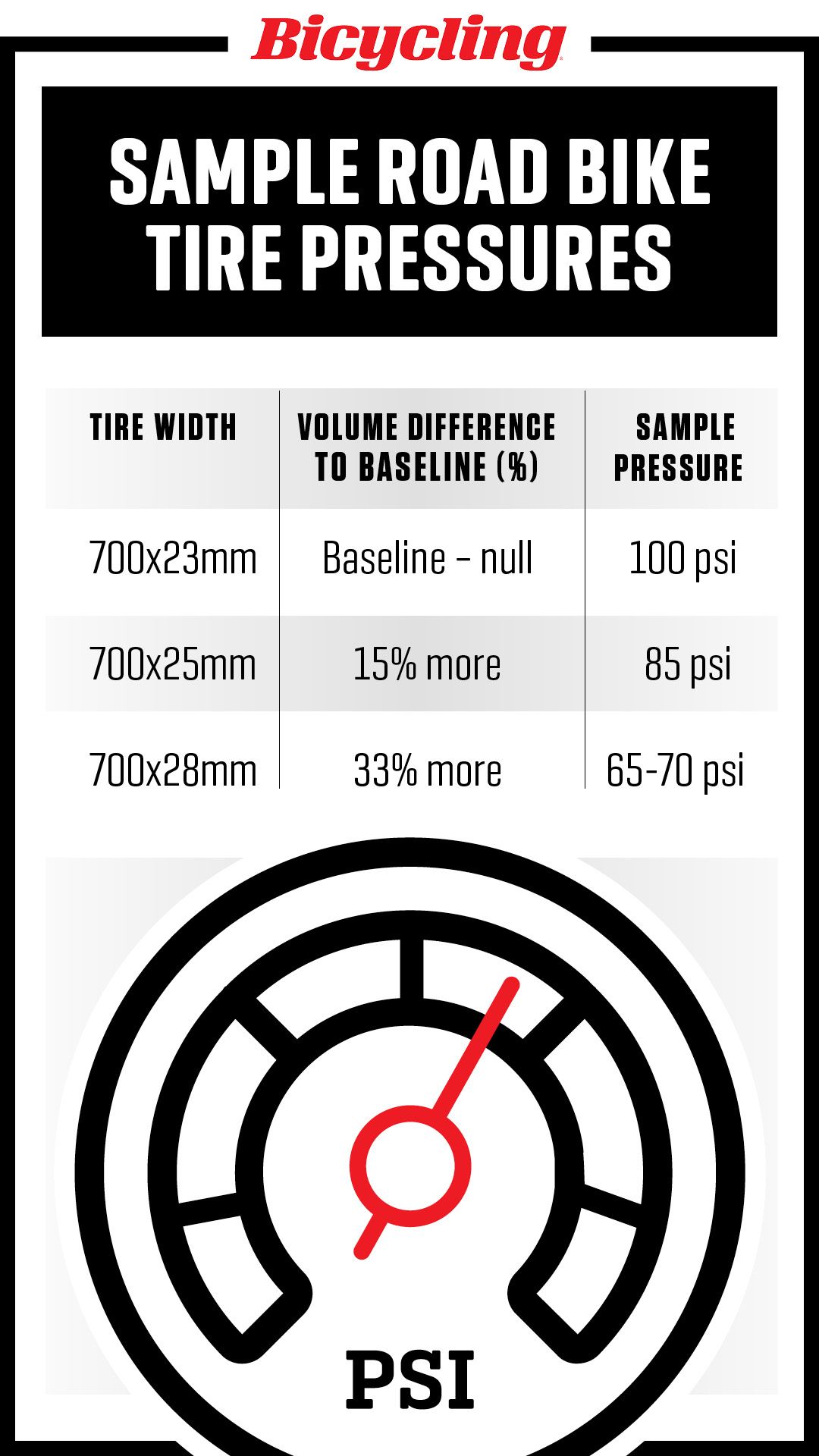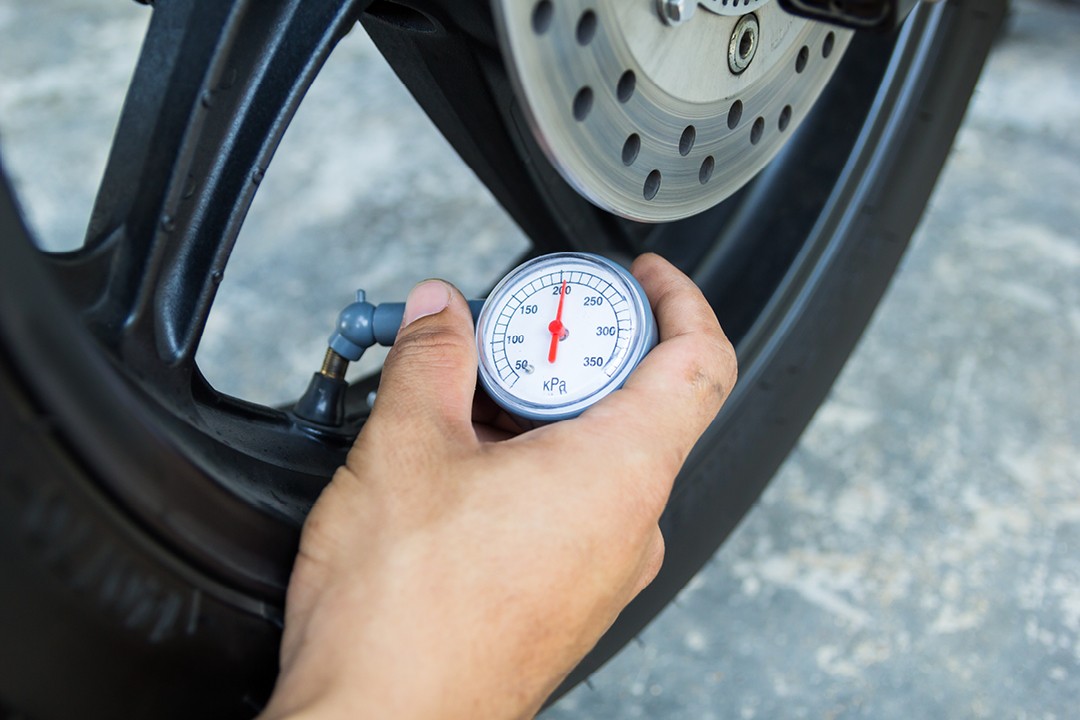Why Proper Tire Pressure Matters for a Smooth Ride
Maintaining optimal tire pressure is crucial for a comfortable, efficient, and safe ride. Underinflated or overinflated tires can significantly affect bike performance and safety. When tires are not properly inflated, they can lead to reduced traction, increased rolling resistance, and a higher risk of punctures. This can result in a less enjoyable ride, decreased speed, and even accidents. On the other hand, optimal tire pressure can improve handling, reduce fatigue, and increase overall riding comfort. By ensuring the correct tire pressure, cyclists can optimize their bike’s performance, reduce the risk of mechanical issues, and enjoy a smoother ride. Whether you’re a casual rider or a competitive cyclist, understanding the importance of proper tire pressure is essential for getting the most out of your bike. In fact, having a reliable tire pressure bike chart can be a valuable resource in achieving optimal tire pressure.
How to Choose the Right Tire Pressure for Your Bike
Determining the ideal tire pressure for your bike can be a daunting task, especially with the numerous factors to consider. However, with a step-by-step approach, you can ensure optimal tire pressure for a comfortable, efficient, and safe ride. First, identify the type of bike you have, as road bikes, mountain bikes, and hybrid bikes require different tire pressures. Next, consider your rider weight, as heavier riders require higher tire pressures to maintain optimal performance. Terrain is another crucial factor, with rough terrain requiring lower tire pressures for increased traction and smoother terrain allowing for higher tire pressures for improved speed. Additionally, tire type plays a significant role, with different tire materials and tread patterns requiring unique tire pressures. To simplify the process, consult a reliable tire pressure bike chart, which can provide a recommended pressure range based on your bike’s specifications. By considering these factors and referencing a trusted tire pressure chart, you can determine the ideal tire pressure for your bike and enjoy a superior riding experience.
Understanding Tire Pressure Charts: A Beginner’s Guide
Tire pressure charts are essential tools for cyclists, providing valuable information to help maintain optimal tire pressure. But, for those new to cycling or unfamiliar with tire pressure charts, understanding how to read and interpret them can be overwhelming. A tire pressure chart typically displays a range of recommended pressures for different bike types, rider weights, and terrain conditions. These charts can be found in various forms, including those provided by bike manufacturers, online resources, and cycling organizations. When selecting a tire pressure chart, look for one that is specific to your bike type and provides clear, easy-to-understand information. A reliable tire pressure bike chart should include factors such as tire size, rider weight, and terrain type to ensure accurate pressure recommendations. By understanding how to read and use a tire pressure chart, cyclists can ensure they are running the optimal pressure for their bike, resulting in improved performance, comfort, and safety.
Top Bike Tire Pressure Charts for Easy Reference
When it comes to finding the ideal tire pressure for your bike, a reliable tire pressure chart is essential. To help you get started, we’ve curated a list of top bike tire pressure charts from reputable sources, including bike manufacturers and cycling organizations. These charts are easy to use, providing clear and concise information to ensure you’re running the optimal pressure for your bike.
1. The Shimano Tire Pressure Chart is a comprehensive resource that covers a wide range of bike types and tire sizes. This chart is particularly useful for road bikes and hybrid bikes.
2. The Specialized Tire Pressure Chart is designed specifically for mountain bikes and provides detailed information on tire pressure recommendations based on rider weight and terrain.
3. The USA Cycling Tire Pressure Chart is a valuable resource for cyclists of all levels, offering a simple and easy-to-use chart that covers various bike types and tire sizes.
4. The BikeRadar Tire Pressure Chart is a user-friendly chart that provides tire pressure recommendations based on bike type, tire size, and rider weight.
By referencing one of these reliable tire pressure bike charts, you can ensure you’re running the optimal pressure for your bike, resulting in improved performance, comfort, and safety.
Tire Pressure and Bike Performance: What You Need to Know
Tire pressure plays a critical role in bike performance, affecting speed, handling, and comfort. When tire pressure is optimal, cyclists can experience a smoother ride, improved acceleration, and enhanced overall performance. On the other hand, improper tire pressure can lead to a range of issues, including reduced speed, poor handling, and increased fatigue.
One of the primary ways tire pressure impacts bike performance is through rolling resistance. When tires are underinflated, they are more prone to deformation, which increases rolling resistance and slows the bike down. Conversely, optimal tire pressure reduces rolling resistance, allowing cyclists to maintain speed and efficiency. Additionally, proper tire pressure can improve handling and cornering, as the tires are better able to grip the road and respond to rider input.
Tire pressure also has a significant impact on comfort. Underinflated tires can lead to a harsh, bumpy ride, while overinflated tires can cause a stiff, unresponsive ride. By maintaining optimal tire pressure, cyclists can enjoy a smoother, more comfortable ride, reducing fatigue and improving overall riding experience.
Furthermore, optimal tire pressure can also improve safety. Underinflated tires are more susceptible to punctures and blowouts, which can lead to accidents and injuries. By maintaining proper tire pressure, cyclists can reduce the risk of tire-related incidents and enjoy a safer ride.
In conclusion, tire pressure has a profound impact on bike performance, comfort, and safety. By understanding the importance of optimal tire pressure and using a reliable tire pressure bike chart, cyclists can take their riding to the next level, enjoying improved performance, comfort, and safety.
Common Mistakes to Avoid When Checking Tire Pressure
When it comes to checking tire pressure, cyclists often make mistakes that can lead to suboptimal performance, reduced safety, and even damage to their bikes. To ensure you’re getting the most out of your ride, it’s essential to avoid these common mistakes.
1. Using the Wrong Gauge: One of the most common mistakes cyclists make is using a low-quality or inaccurate tire pressure gauge. This can lead to incorrect readings, which can affect bike performance and safety. Invest in a high-quality gauge that is specifically designed for bike tires.
2. Not Checking Pressure Regularly: Tire pressure can fluctuate over time due to changes in temperature, humidity, and other factors. Failing to check pressure regularly can lead to underinflation or overinflation, which can negatively impact bike performance and safety. Make it a habit to check tire pressure at least once a week, and before long rides.
3. Neglecting to Consider Temperature Changes: Temperature changes can affect tire pressure, with cold temperatures causing pressure to decrease and hot temperatures causing pressure to increase. Failing to account for these changes can lead to inaccurate readings and suboptimal performance. Always check tire pressure when the tires are cold, and adjust accordingly.
4. Not Referencing a Reliable Tire Pressure Bike Chart: A reliable tire pressure bike chart is essential for determining the optimal pressure for your bike. Failing to reference a chart can lead to incorrect pressure settings, which can negatively impact bike performance and safety. Use a chart from a reputable source, such as a bike manufacturer or cycling organization, to ensure you’re getting the most out of your ride.
By avoiding these common mistakes, cyclists can ensure they’re getting the most out of their ride. Remember to always use a high-quality gauge, check pressure regularly, account for temperature changes, and reference a reliable tire pressure bike chart to optimize your bike’s performance and safety.
Tire Pressure Maintenance: Tips for a Hassle-Free Ride
Maintaining optimal tire pressure is crucial for a comfortable, efficient, and safe ride. However, it’s not just about checking tire pressure once and forgetting about it. To ensure a hassle-free ride, cyclists need to adopt a regular maintenance routine that includes regular checks, proper storage, and adjustments for different riding conditions.
1. Check Tire Pressure Regularly: Make it a habit to check tire pressure at least once a week, and before long rides. This will help you identify any changes in pressure and make adjustments accordingly. Use a reliable tire pressure bike chart to determine the optimal pressure for your bike.
2. Store Your Bike Properly: When storing your bike, make sure to keep it in a cool, dry place away from direct sunlight. This will help prevent temperature changes that can affect tire pressure. Also, avoid storing your bike with the tires in contact with the ground, as this can cause pressure to decrease over time.
3. Adjust Pressure for Different Riding Conditions: Tire pressure needs to be adjusted for different riding conditions, such as terrain, weather, and load. For example, if you’re riding on rough terrain, you may need to increase pressure to prevent punctures. On the other hand, if you’re carrying a heavy load, you may need to decrease pressure to improve comfort and handling.
4. Use a Tire Pressure Gauge with a Memory Function: A tire pressure gauge with a memory function can help you keep track of your tire pressure over time. This can be especially useful if you have multiple bikes or need to check pressure frequently.
5. Consider Investing in a Tire Pressure Monitoring System: A tire pressure monitoring system can provide real-time feedback on your tire pressure, alerting you to any changes or issues. This can be especially useful for long rides or for cyclists who want to optimize their bike’s performance.
By following these tips, cyclists can maintain optimal tire pressure and enjoy a hassle-free ride. Remember to always reference a reliable tire pressure bike chart to determine the optimal pressure for your bike, and make adjustments accordingly.
Conclusion: Take Your Riding to the Next Level with Optimal Tire Pressure
In conclusion, maintaining optimal tire pressure is crucial for a comfortable, efficient, and safe ride. By understanding the importance of proper tire pressure, choosing the right pressure for your bike, and referencing a reliable tire pressure bike chart, cyclists can optimize their bike’s performance and take their riding to the next level.
Remember, optimal tire pressure is not a one-time task, but rather an ongoing process that requires regular checks and adjustments. By following the tips and advice outlined in this guide, cyclists can ensure a hassle-free ride and enjoy the many benefits of optimal tire pressure.
So, take action today and check your tire pressure. Use a reliable tire pressure bike chart to determine the optimal pressure for your bike, and make adjustments accordingly. With optimal tire pressure, you’ll be able to ride with confidence, comfort, and speed, and take your riding to new heights.
Don’t let underinflated or overinflated tires hold you back any longer. Take control of your bike’s performance and maintenance, and experience the difference that optimal tire pressure can make. Happy riding!








